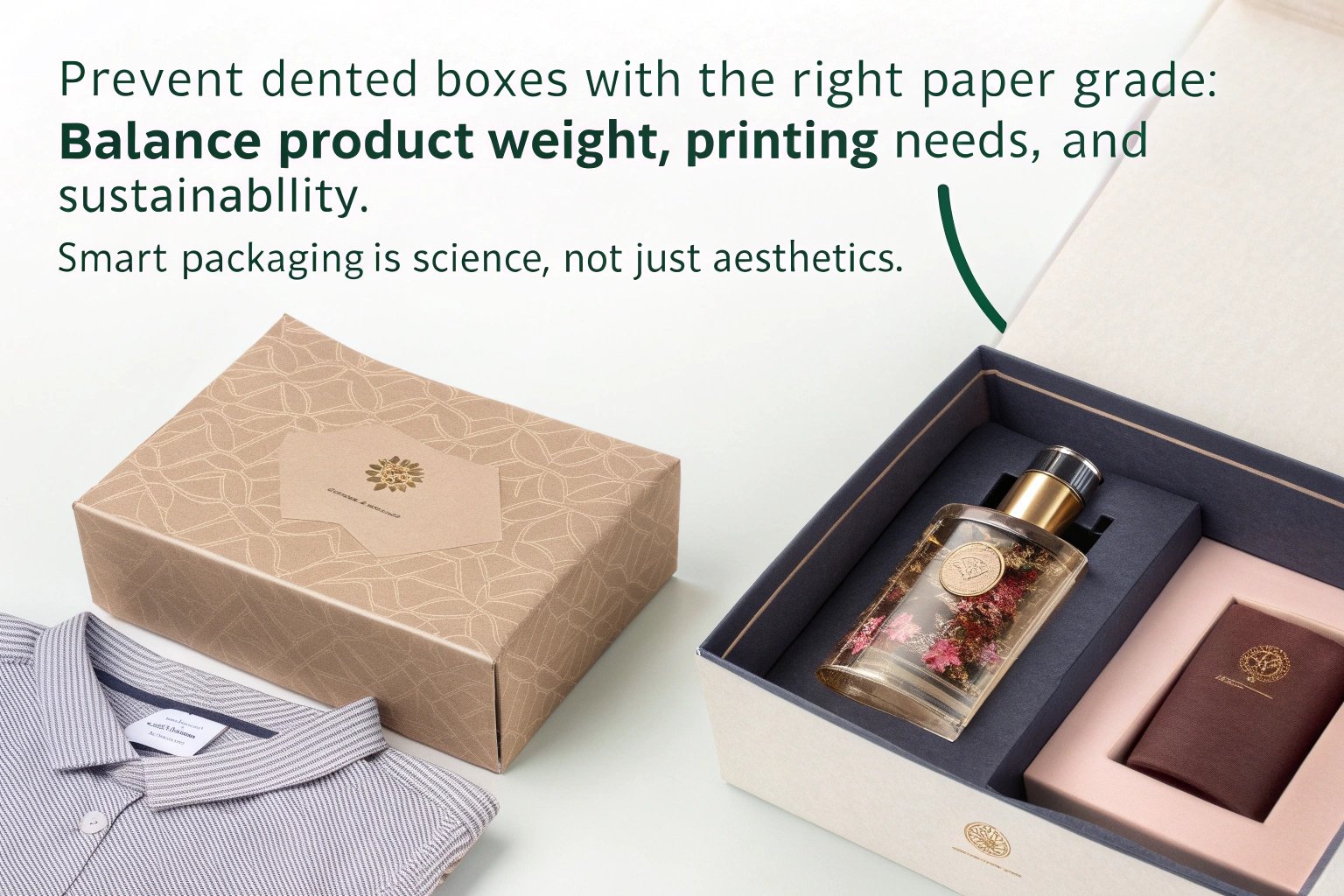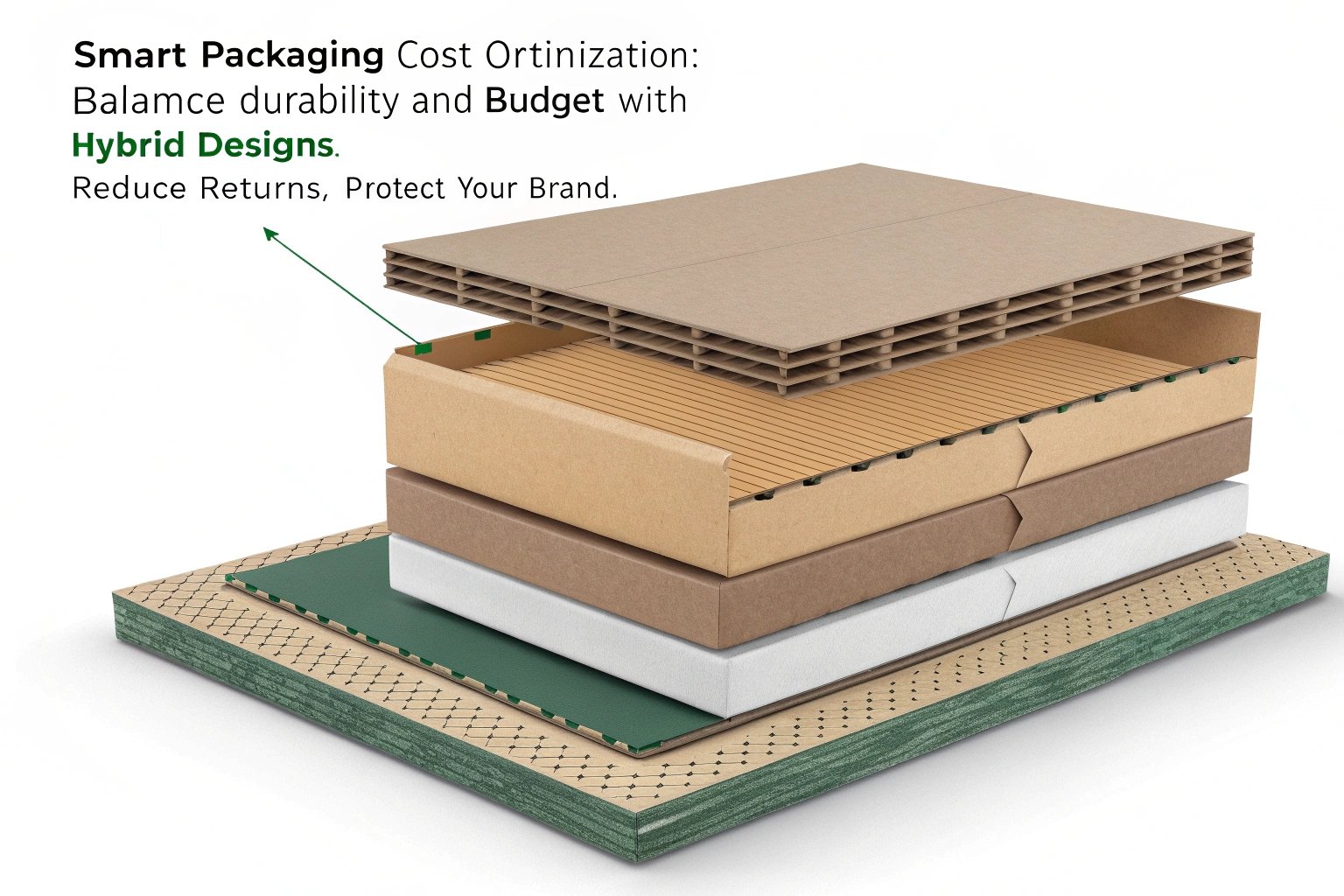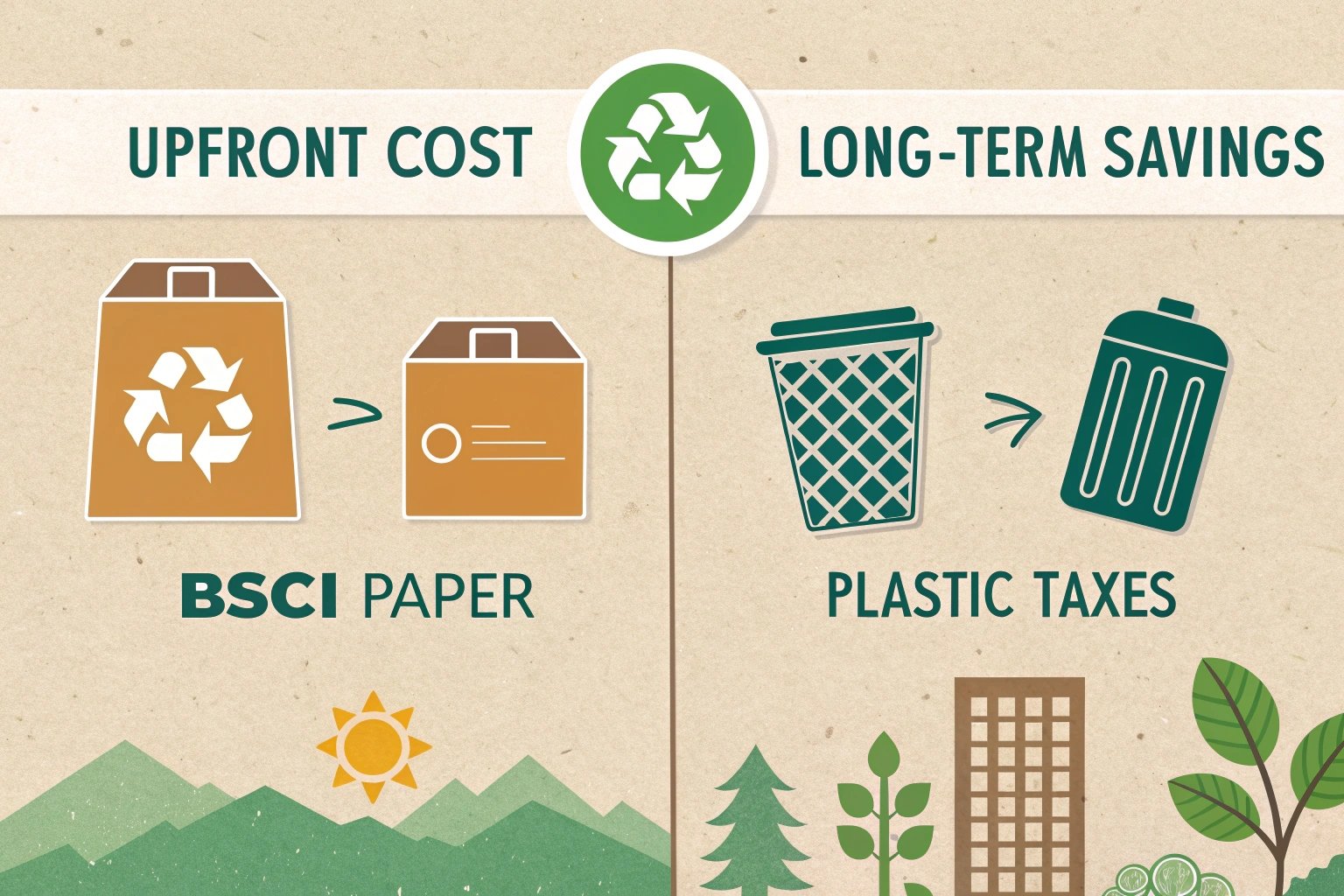
Struggling to pick paper packaging that protects your product and fits your budget? You’re not alone. Material choice impacts costs, sustainability, and unboxing experiences. Let’s simplify the process.
Choose paper packaging materials by analyzing product weight, printing requirements, and environmental goals. At Finer Packaging, we use FSC-certified Kraft1 for heavy items and lightweight recycled stock for cost-sensitive brands. Below, we’ll break down how to match materials to your needs.
What Factors Should Dictate Your Paper Material Choice?
Ever received customer complaints about dented boxes2? Using the wrong paper grade often causes this. Material selection isn’t just about looks—it’s science.
Focus on three factors: product weight, printing complexity, and sustainability needs. For example, cosmetics need thick 2mm paperboard for luxury feels, while apparel boxes use thinner 1mm stock. Here’s a detailed framework:

The Paper Material Decision Matrix
We’ve created this table to help clients compare options quickly:
| Material Type | Best For | Weight Capacity | Print Finish Options | Eco-Friendly? |
|---|---|---|---|---|
| Kraft Paper | Shipping boxes | Up to 15 lbs | Matte only | FSC-certified |
| White Cardstock | Retail packaging | Up to 8 lbs | Glossy/Matte/Soft Touch | Recyclable |
| Corrugated Board | Fragile items | Up to 30 lbs | Digital print only | Biodegradable |
| Recycled Pulp Board | Eco-conscious brands | Up to 5 lbs | Matte/Uncoated | 100% Recycled |
Real-World Example: Avoiding Costly Mistakes
A coffee brand3 once chose glossy cardstock for their 2lb bags. The material couldn’t handle humidity during shipping, causing labels to peel. We switched them to water-resistant Kraft paper with a matte laminate. Complaints dropped by 70%.
Always test materials in real-world conditions. We simulate humidity, drop tests, and compression for clients at no extra cost.
How to Balance Cost and Quality Without Compromise?
“Why does good packaging cost so much?” We hear this weekly. Cheap materials backfire through returns and brand damage.
Optimize costs by aligning thickness with product needs and using hybrid designs4. For example, use thick paperboard only on visible panels and recycled stock elsewhere. Here’s how we do it:

3 Cost-Saving Strategies That Work
Layer Smartly
Combine materials instead of using one thick sheet. A skincare client saved 22% by using:- 1mm Kraft exterior
- 0.5mm recycled foam inserts
- Thin PET plastic window (for product visibility)
Standardize Sizes
Custom dies cost $300-$500. Modify existing templates instead. One candle brand adapted our T-shirt box design, cutting MOQ from 1,000 to 500 units.Bulk Discounts
Ordering 10,000 units? We offer:- 15% price drop for corrugated boxes
- Free Pantone color matching
- 30-day staggered delivery
Are Eco-Friendly Materials Worth the Investment?
“Eco-friendly” sounds great—until you see the price tag. But sustainable materials often save money long-term through tax breaks and customer loyalty.
Choose eco-materials if exporting to Europe or targeting green-minded consumers. Our BSCl-certified5 papers help brands avoid EU plastic taxes (up to €800/ton). Let’s debunk myths:

Eco-Material Comparison Guide
| Material | Cost vs Regular | Certifications Needed | Best Use Cases |
|---|---|---|---|
| Bamboo Paper | +25% | FSC, OK Compost | Luxury skincare |
| Seed-Embedded Paper | +40% | ASTM D6400 | Promotional boxes |
| Recycled Newspaper | -10% | ISRI Certification | Casual apparel |
A German client paid 18% more for seed paper mailers but gained a 31% Instagram engagement boost. Eco-materials can be marketing tools, not just costs.
Conclusion
Match paper thickness to product weight, use hybrid designs to cut costs, and leverage eco-materials for tax breaks. Need help? Email us for free material samples and FSC guidance.
Learn how FSC-certified Kraft paper supports eco-friendly packaging and product protection. ↩
Learn how choosing the right paper grade prevents damage and enhances packaging quality. ↩
Discover which materials protect coffee from humidity and preserve freshness. ↩
Learn how combining different materials can lower costs without sacrificing quality. ↩
Understand how BSCI certification ensures ethical and eco-friendly paper sourcing. ↩






